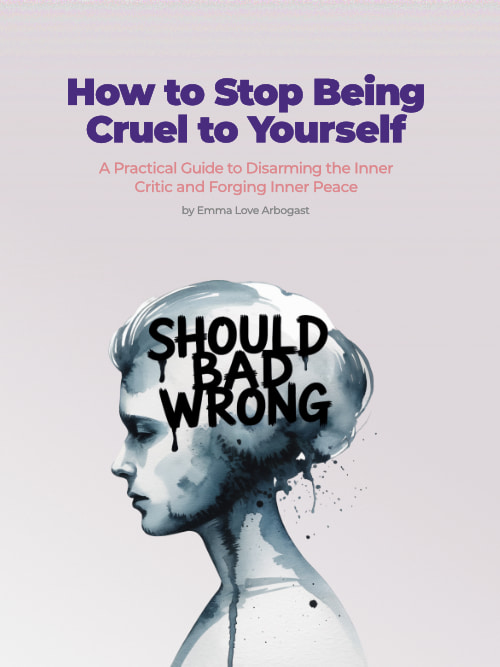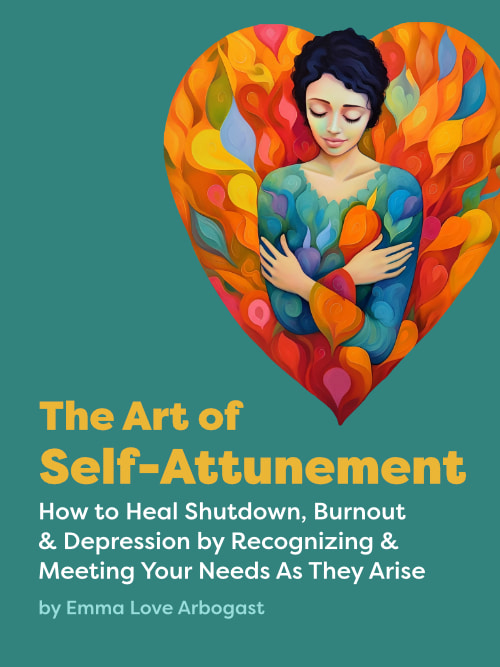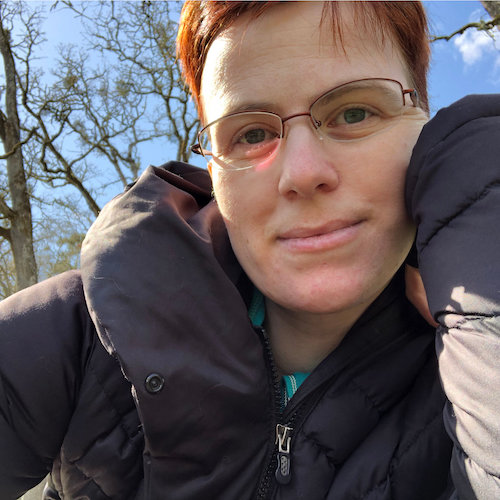Why do I break my own boundaries?
When you have CPTSD, anxious-preoccupied attachment, codependence, or enmeshment, you can struggle with both external and internal boundaries. This happens when it feels like a need can only be met by crossing your own boundary. It is often accompanied by a feeling of urgency, which is a sign of a trigger or emotional flashback. It can feel like there’s simply no other answer, and self-sacrifice is necessary.
A classic example of this is trying to get a person who chronically mistreats you to apologize for the mistreatment, so you can feel better. If they hurt you because of their own unhealed stuff, they are probably the last person who can help you with that hurt, and contacting them will likely only lead to more hurt. But you feel compelled to do it anyway. It feels like only their apology will actually make you feel better; nothing else will do.
The solution to this is to develop the capacity to meet that need other ways, like by building supportive friendships and learning self-validation.
But boundary work is not as easy as just realizing these things intellectually. You have to heal the underlying trauma that is fueling the urgency and distorted logic.
The internal beliefs and state of mind that support boundary setting are things like:
- knowing your needs and well-being matters
- knowing you can meet your own emotional needs
- knowing other people have to solve their own problems
- knowing you don’t owe anyone unlimited support
This is not an intellectual knowing. This knowing is simply the evidence of having done the internal work to repair your relationship with yourself. Before you have done the internal work, you can feel torn apart setting boundaries. You may know what boundaries you “should” set, but part of you doesn’t want to set them because it doesn’t believe you can meet your needs any other way. So it feels like you wish you could set those boundaries, but you don’t feel you can.
If you resonate with this, the only way to develop the capacity to set solid boundaries is through internal healing work. That work involves continually turning toward yourself with loving attention and meeting your own pain with compassion and support. It also involves being in authentic, healthy friendships where you can practice healthy relating. These two things, over time, rebuild your sense of self on a healthy template, which supports you to internalize all the bullet points above.
Self-love is a set of skills you can learn

Stop Being Cruel to Yourself
$2.99


Hey there! If you're new here, welcome to the Emmaverse! 🌈✨
About me: I'm autistic/ADHD and I write about how to be free and happy from the inside out.
Keep in touch?
Self-Liberation Society
